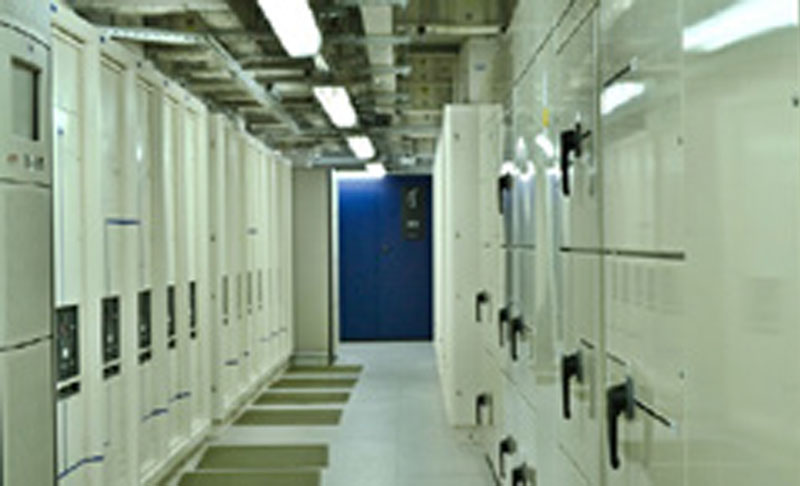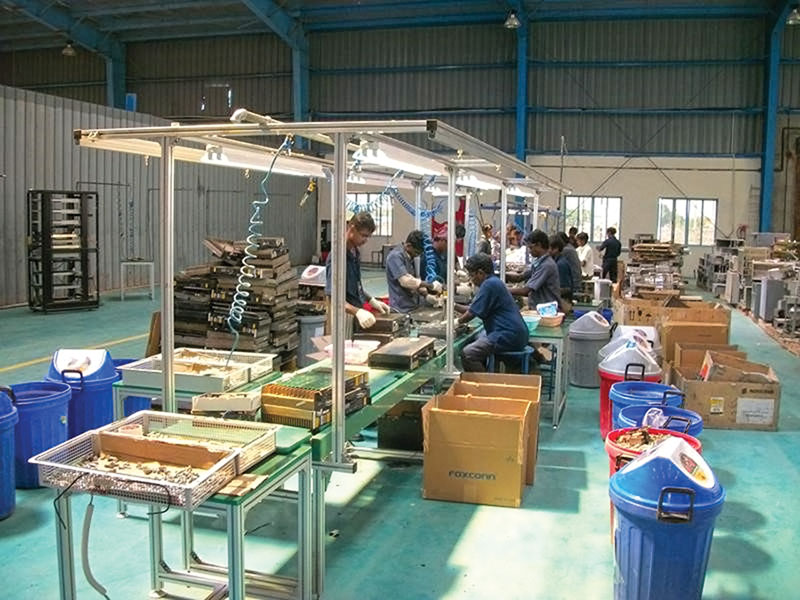Integrated Report
- Corporate Information
- About Us
- Segment wise Performance
- Performance Highlights
- Looking Back at the Year
- Message from the Chairman
- Message from Managing Director & CEO – India & South Asia
- Message from Managing Director & CEO – Africa
- Moving ahead on India’s Digitization Journey
- Redefining Digital Banking Ecosystem
- Music to the Ears
- The Making of a Blockbuster
- Mobile Money - Banking the unbanked
- Board of Directors
- Risk Management
- Integrated Strategy for Value Creation
- Materiality Assessment
- Our Business and Value Creation Model
- Financial Capital
- Intellectual Capital
- Human Capital
- Manufactured Capital
- Social & Relationship Capital
- Natural Capital
- The Crowning Moments
- Corporate Social Responsibility Report
Statutory Reports
- Business Responsibility Report
- Board’s Report
- Management Discussion and Analysis
- Report on Corporate Governance
Financial Statements
- Standalone Financial Statements
- Independent Auditors Report
- Standalone Balance Sheet
- Statement of Profit & Loss
- Standalone Statement of Changes in Equity
- Standalone Statement of Cash Flow
- Notes to Standalone Financial Statements
- Consolidated Financial Statements
- Independent Auditors Report
- Consolidated Balance Sheet
- Consolidated Statement of Profit & Loss
- Consolidated Statement of Changes in Equity
- Consolidated Statement of Cash Flow
- Notes to Consolidated Financial Statements
- Statement Pursuant to Section 129 of the Companies Act, 2013





